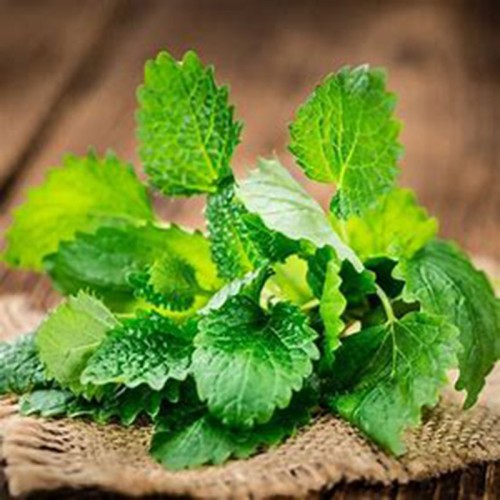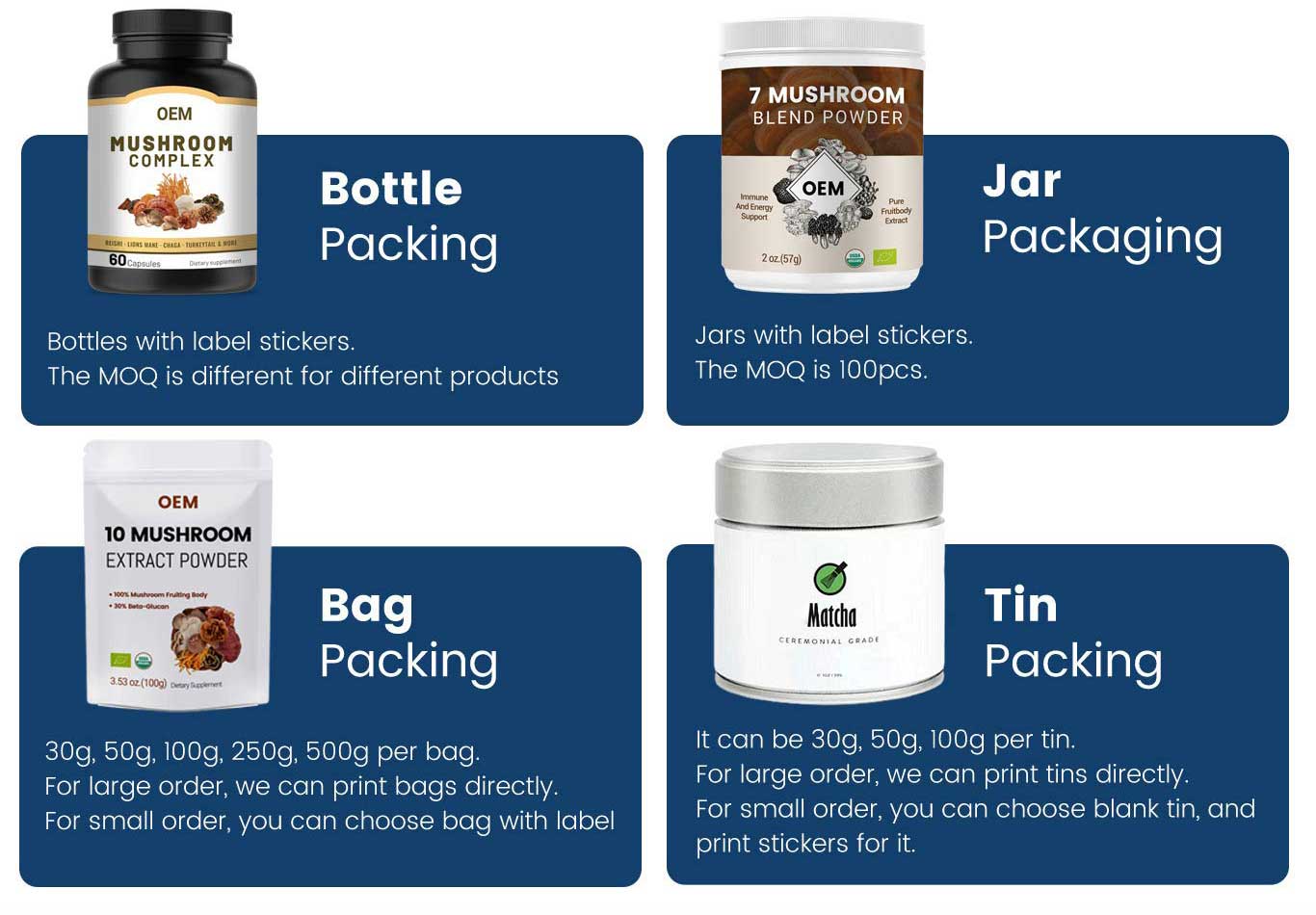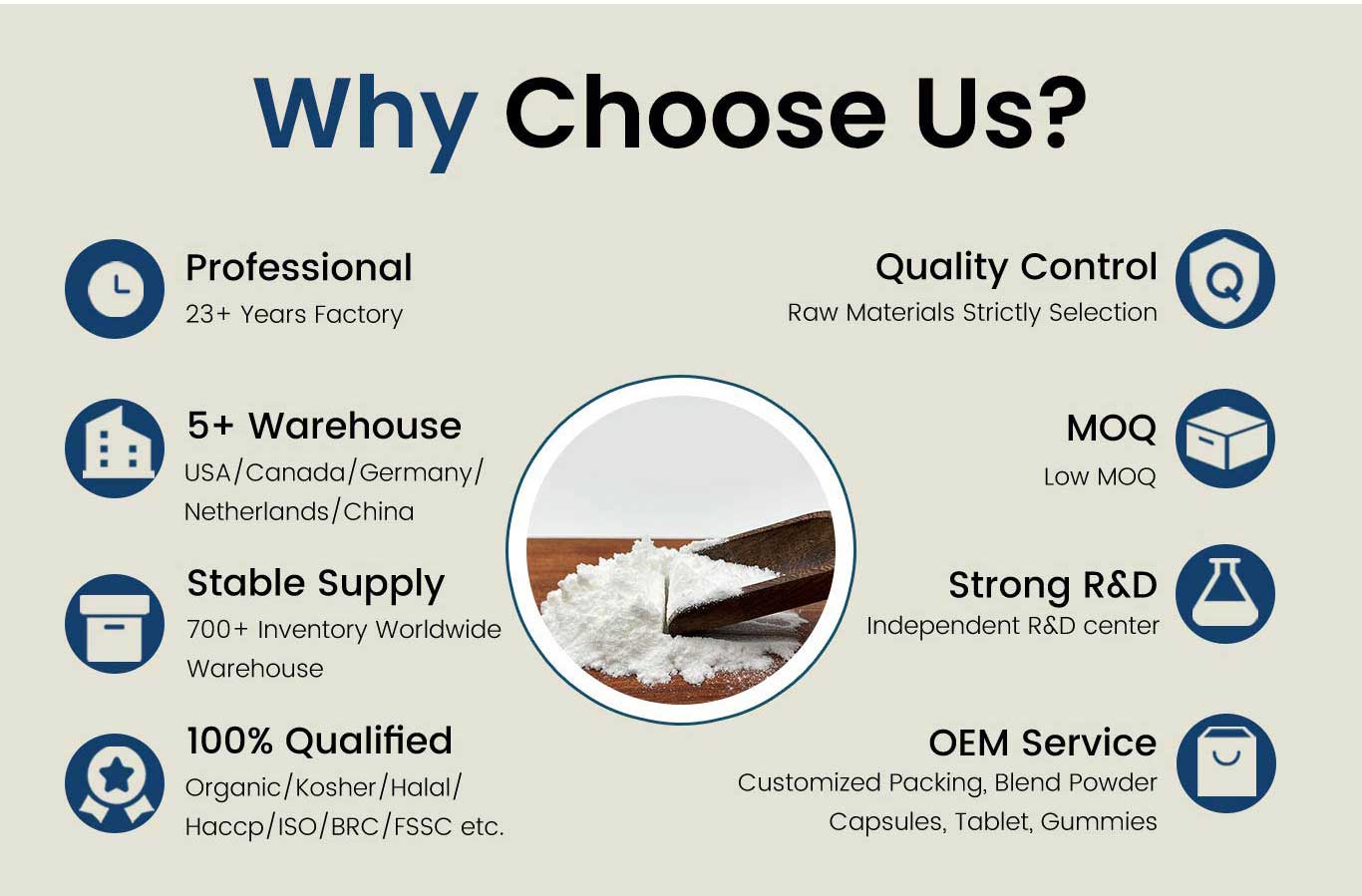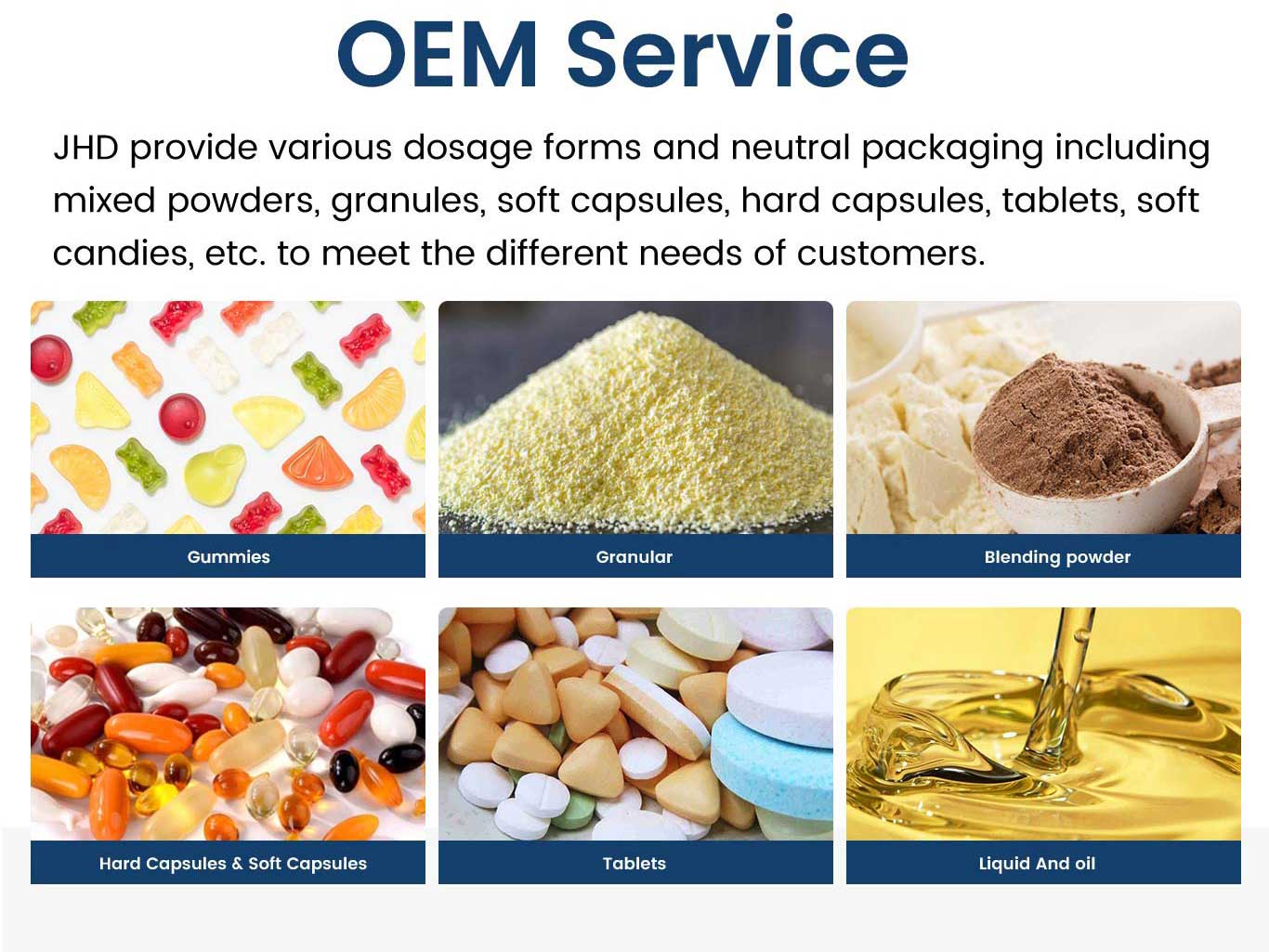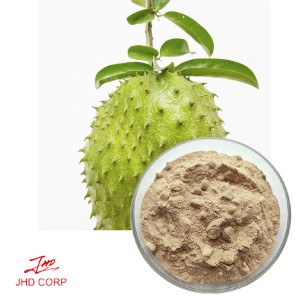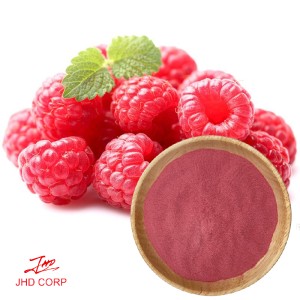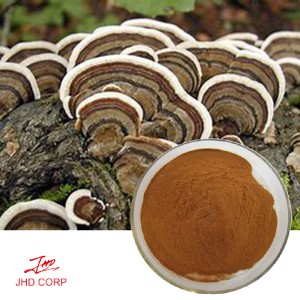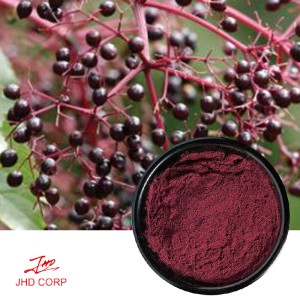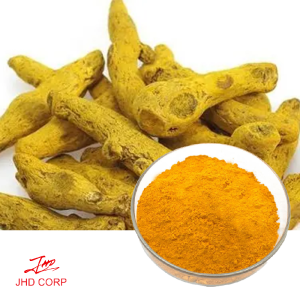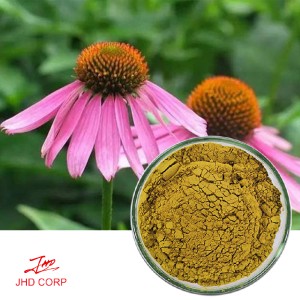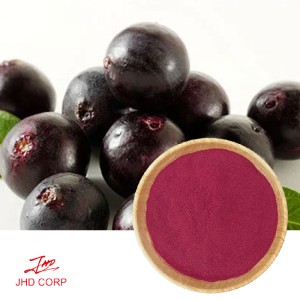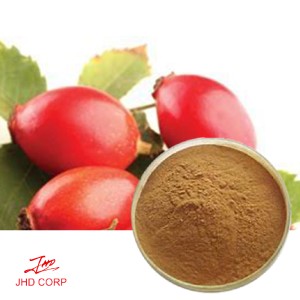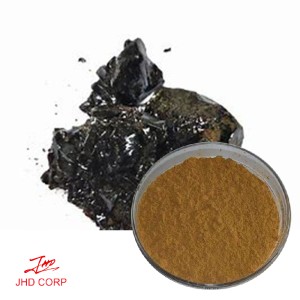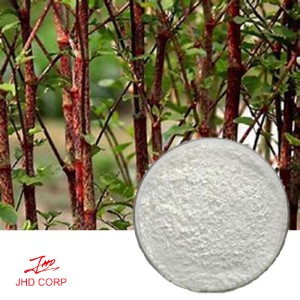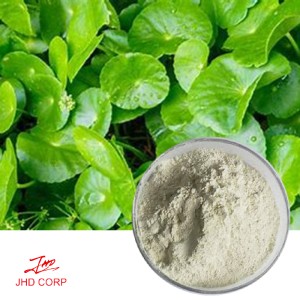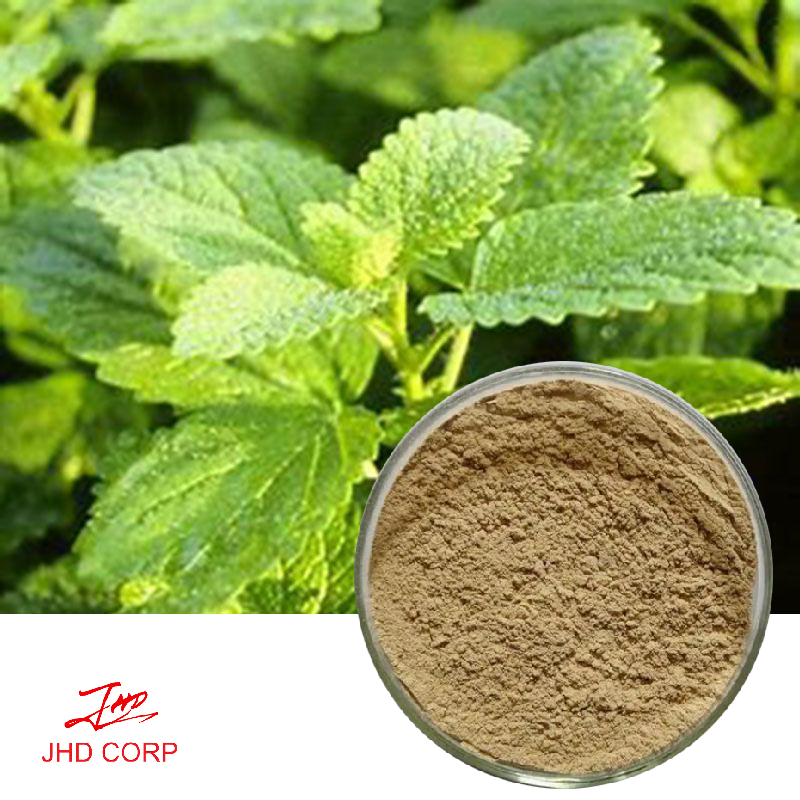
Chat With Us Contact Us Email Me
Melissa officinalis L. perennial herb. The stem is upright or nearly upright, with many branches. Most of the branches are tower shaped in the middle or below the stem, quadrangular, with four shallow grooves, pilose, and the lower part gradually becomes hairless. Leaves petiolate, petiole slender, leaf blade ovoid, margin serrate, nearly membranous or herbaceous. The whorl inflorescences are axillary, shortly pedunculate, 2-14 flowered, the calyx is bell-shaped, the corolla is milky white, 12-13 mm long, pilose, the crown brim is 2-lipped, the upper lip is straight, the apex is slightly lacking, and the lower lip is 3-lobed. Nutlets ovoid. The flowering period is from June to August.
It is native to Russia and Central Asian countries, Iran to the Mediterranean and Atlantic coast. It is introduced and cultivated in China.
It is reported that Melissa Fragrans is an important economic plant in its production area. It can be used as a stimulant or laxative. Its decoction has long been a commonly used medicine for families in this area, mostly used to treat headaches and toothache; It is also a good nectar source plant; It is also rich in vitamin C, which is mainly used in the food industry, seasoning, and winemaking industry; The plant is rich in aromatic oil, and the main component of the oil is citral, which is a good aromatic oil plant.
Function:
1) Reduce blood lipid.
2) Reduce blood pressure.
3) Prevent prostate hyperplasia.
4) Anti skin aging.
5) Relieve constipation.
Application:
1) It is mainly used in the food industry, seasoning, and wine-making industry.
Add Popular Products to weekly line up


